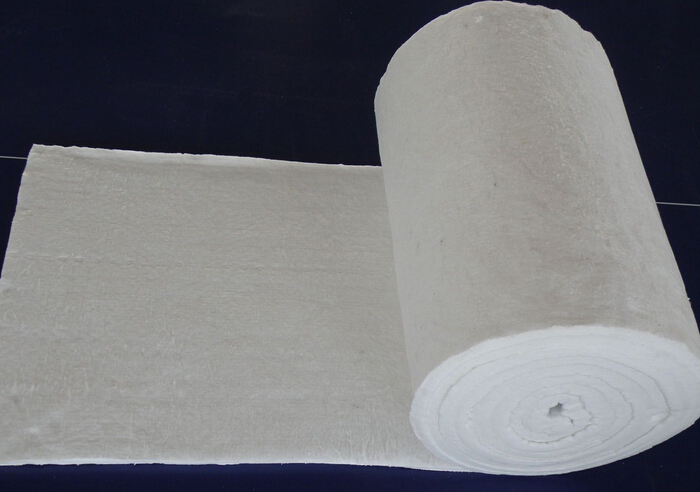Here are four properties of refractory fiber, and from the analisis, we may have a better use of ceramic fiber products:
1. The difference between insulation materials and refractory materials: generally, thermal insulation material is below 1570 Celsius; refractory material is above 1570 Celsius. Traditional refractory generally refers to the heavy quality refractory brick and refractory castable, and such bulk density is in commonly 1000-2000 kg/m3.
Ceramic fiber's advantage is obvious. It not only boasts excellent insulation performance, but also has good fireproof performance, and it belongs to the lightweight materials, reducing large amount of steel which is consumed due to the traditional installation.
2. Raw materials in different temperature levels
Ordinary fibers use the chamotte; Standard use low content of impurities of high quality coal gangue; High purity must use alumina powder and quartz sand materials (iron, potassium, sodium must be controlled less than 0.3%); high alumina, when in high content, can be up to 52-55%; Products containing zirconium zirconia (ZrO2) can be up to 15-17%. Zirconium oxide is to prevent high temperature, and help to accomplish stable performance.
At present, a lot of so-called high alumina products manufactured by many small manufacturers are of poor quality. They only use coal gangue adding alumina powder, but the impurity of coal gangue (iron, potassium, sodium, is generally greater than 1.5%) exceed levels of existence, unable to improve fiber grade, because the melting point of impurities is in commonly 1300 degrees Celsius and it will lead to low temperature eutectic silicon aluminum system, thus in the practical use, it will reduces the effect of the products.
3. Industrial furnace material
Electric furnace is stable, and temperature allowance can be ignored; because the atmosphere is relatively stable, gas and fuel stove should leave the allowance of 150 degrees Celsius; Ceramic fiber is generally not recommended for coal-fired stove.
4. Heating line
To evaluate the heat resistant of ceramic fiber products (temperature), international uniform regulates that heating ceramic fiber products be heated to a certain temperature. The heat preservation line dictates the heat resistance property.
The shrinkage value of heating line of 3% or less is the using temperature of ceramic fiber products. Under the temperature, the crystallization and crystal grain of non-crystal ceramic fiber(especially in
ceramic fiber module) grow slowly, and fiber performance is stable, full of elasticity. The shrinkage value of 4% or less is the highest temperature for ceramic fiber products.
